¿How and when did the observance of Advent start in the Church?
Liturgical preparation for Christmas
The coming of God’s Son to earth is an event of such immensity that God willed to prepare for it over centuries… When the Church celebrates the liturgy of advent each year, she makes present this ancient expectancy of the messiah, for by sharing in the long preparation for the savior’s first coming, the faithful renew their ardent desire for his second coming. (Catechism of the Catholic Church, 522 & 524)
Fourth Century beginnings
To trace the origins of Advent is not easy; nonetheless, we know that it comes from the term adventus which, in early Christian literature, was already widely used starting from the time when Latin was the lingua franca.
The Latin Translation of the Sacred Scriptures to the Vulgate (fourth century) attributed to the term adventus the coming of the Son of God, in its two meanings: his coming in flesh – the Incarnation – and his glorious coming – Parousia.
The apparent tension between the two meanings of advent was later resolved in that advent definitively referred to “a moment of preparation for the coming”.
The complexity of such definition perhaps made it difficult to institutionalize the tradition while maintaining the richness of its message. In fact, the period of Advent was one of the last things added to what is now known as the Liturgical Calendar (added in the 5th century).
It was towards the late fourth century and during the fifth century, a time when the feasts of the Nativity of our Lord and the Epiphany were becoming more and more prominent particularly in the Churches of Hispania and Gaul, did the Church feel a desire to consecrate certain days in preparation for these celebrations.
In addition to an ambiguous text attributed to Saint Hilary of Poitiers (300-368 AD), the first mention of Advent practiced in the Church can be traced to the fourth canon of the Council of Saragossa in 380 AD: “For twenty-one days [starting the 17th of December], to be absent from the Church is not allowed, but rather everyone should frequent it daily” (H. Bruns, Canones Apostolorum et Conciliorum II, Berlin, 1893, 13-14). During its beginnings, the time prescribed for the season of Advent was still undefined.
A time of penance
Later, the Councils of Tours (563 AD) and of Mâcon (581 AD) tell of concrete guidelines as to the observance of Advent before Christmas. Moroever, Saint Gregory of Tours (490 AD), offers us a testimony of a certain sense of preparation for Christmas among the monks: “they should observe fasting everyday during the month of December, up to Christmas day” (Canon 17, Council of Tours).
The Ninth Canon of the Council of Mâcon advises the clerics, and probably aslo the lay, to “fast for three days each week: on Mondays, Wednesdays, and Fridays, from the feast day of Saint Martin until Christmas day, … and that they celebrate on those days the Liturgy of the Hours as in Lent” (Mansi, IX, 796 and 933). Although the interpretation of these texts is complicated, it seems that in its origins, the season of Advent also meant a time of penance, demanding a sense of ascetical sacrifice from the faithful.
However, the earliest evidence that point to a liturgical celebration proper of the season of Advent, is traced to mid-sixth century, in the Church in Rome. The observance of Advent in Rome started out as a period of six weeks which not too long became reduced to the current four-week season during the pontificate of Gregory the Great (590-604).
Twofold character of advent
The original theological meaning of Advent was subject to a number of interpretations. Some authors consider that, under the influence of the predication of Peter Chrysologus (5th century), the Liturgy of Advent meant a preparation for the annual liturgical celebration of the Nativity of Jesus Christ and only later did it also extend to the joyous expectation of the Parousia.
On the contrary, other theologians hold the opposite: that Advent originally meant a time of preparation for the Parousia, i.e., the day of the Savior’s second coming. Nevertheless, the intimate superposition of the two schools has made it impossible to not attribute the scriptural and euchological texts read during Advent to just either one of the two.
The present Roman Calendar conserves the double theological dimension that has defined Advent as a time of joyous expectation throughout the centuries: “Advent has a twofold character: as a season to prepare for Christmas when Christ’s first coming to us is remembered; as a season when that remembrance directs the mind and heart to await Christ’s Second Coming at the end of time. Advent is thus a period for devout and joyful expectation.” (Roman Calendar, Universal norms of the Liturgical Year and Calendar, 39)
How and when did the observance of Advent start in the Church?

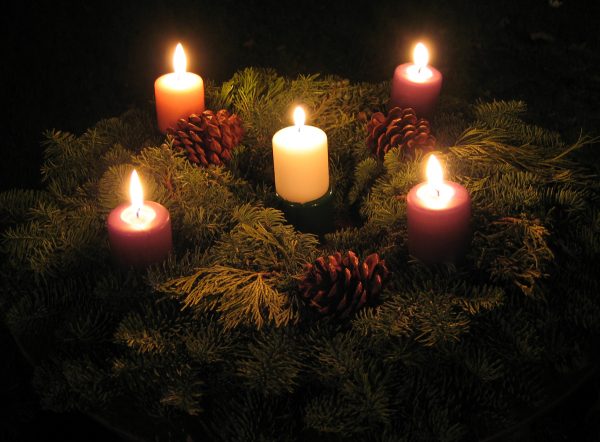

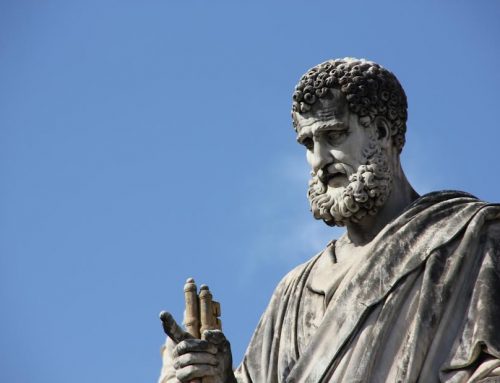
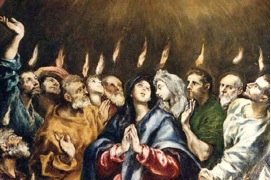

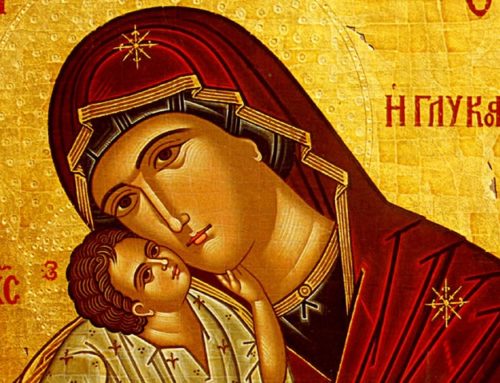
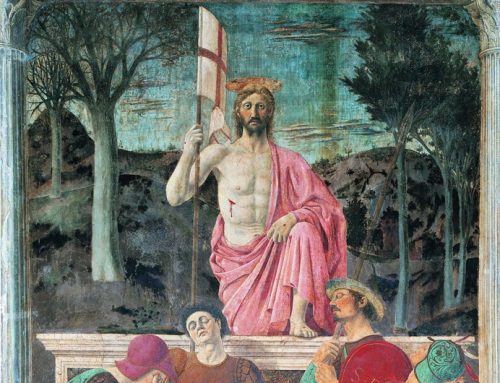
Leave A Comment
You must be logged in to post a comment.